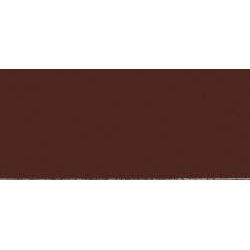Buckeye couplings, also known as Buckeye knuckle couplers, are a type of railway coupling used primarily in North...
No products
Product successfully added to your shopping cart
There are 0 items in your cart. There is 1 item in your cart.
Search Tips
Christmas and New Year
We are dispatching orders every weekday apart from Christmas Day, Boxing Day and New Year's Day.
If you order is time critical, select next day delivery at checkout.
The shop in Sandown is closed from 25th December, reopening on 30th December.
What are meant by the terms clinker and carvel built hulls and what advantages does each one have?
Clinker and carvel are two different methods of constructing the hull of a ship or boat.
Clinker built hulls, also known as lapstrake construction, are built by overlapping wooden planks and fastening them together with nails or rivets. The planks are usually slightly curved to fit the shape of the hull. This method creates a distinctive appearance with visible overlapping seams between the planks. Clinker built hulls are known for their strength and durability, making them suitable for rough waters and heavy-duty use. They are also relatively easy to construct and repair.
Carvel built hulls, on the other hand, are constructed by attaching planks edge to edge, creating a smooth and flush surface. The planks are fastened to a framework of ribs or frames. This method results in a sleek and streamlined appearance. Carvel built hulls are known for their stability and speed, making them ideal for racing or recreational sailing. They provide a more efficient and hydrodynamic shape compared to clinker built hulls.
The advantages of clinker built hulls include :
- Strength and durability : the overlapping planks provide extra strength and resistance to impact, making clinker built hulls suitable for rough waters and heavy-duty use.
- Easy construction and repair : the construction process of clinker built hulls is relatively straightforward, and repairs can be done by replacing individual planks if necessary.
The advantages of carvel built hulls include :
- Stability and speed : the smooth and flush surface of carvel built hulls reduces drag and provides better stability and speed, making them ideal for racing or recreational sailing.
- Efficient shape : the streamlined shape of carvel built hulls allows for more efficient movement through the water, resulting in improved performance.
It's worth noting that these terms are commonly used in the context of traditional wooden boatbuilding. This is also relevant for modelmakers, as modellers who work with plank-on-frame construction model ships and boats will inevitably use the same techniques to construct their models.
Click here to receive the tips weekly in your mailbox. You can unsubscribe at any time.









